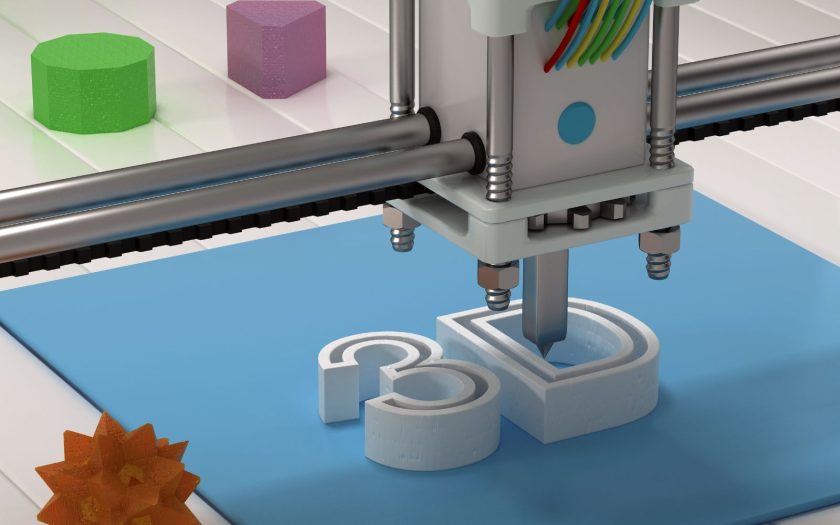This article looks at the advances being made in modern manufacturing and discusses what the future of this business sector looks like. Technology driven manufacturing is arguably the future, as increased advances are made in the manufacturing sector that have seen huge steps forward being made in industrial production that is all technology driven. The following sectors are those that have been most affected and will be at the forefront in the manufacturing sector of the future.
Green manufacturing
The aim is to be able to make manufacturing green, reducing waste and re-using materials as much as possible. The idea of cradle-to-cradle production has been the main focus, and huge impetus has been seen in this regard. Products and production are now driven by the ability to recycle a product that has been used, re-using it for the start of another product lifecycle or allowing it to return to nature through biodegradation. Technology has been at the heart of producing goods that never have an end date and can continuously be used and re-used to produce new goods.
Furthermore, green manufacturing has also become about the use of renewable energy for manufacturing, which has become the norm in those businesses that are serious about going green. The use of solar or hydroelectric power to run production points has become the standard goal.
Being able to design and implement environmentally friendly and sustainable production processes presents an opportunity for manufacturing that has not been seen before. Whether you are in the business of implementing production processes or in manufacturing itself the use of greener means and mode pf production is something that will add immense value to your business. The circular economy is being heralded as the future of manufacturing as green manufacturing grows and begins to define how we produce the things that society needs and wants to sustain our planet.

3D printing
The process of 3D printing has come to the fore in recent years and is now used in a number of different applications in industrial manufacturing. There is no need for specific tools for each new design of parts and products, as the same 3D printer can be used for a wide variety of printed articles and products. There is also minimal to no changes apart from the software or program used to drive the printing process and the printing material itself.
Products and parts can now be produced on demand. The shortening of any waiting time for parts and products makes it clear why additive manufacturing or 3D printing is being taken on by many in the manufacturing sector. Being able to print your own parts and products as soon as you need them as part of the overall manufacturing process is now a reality for those who have access to 3D printing solutions. There are now also a number of new printing materials which makes the production of stronger and more long-lasting parts and products a modern possibility.
3D printing may once have been viewed as a niche sector, but 3D printing and additive manufacturing is now able to produce a wider range of products using all sorts of new materials, that can be automated and produce parts and products in a way that we have not seen before. The industrial 3D printers are nothing like those on offer to the public and, as design options improve, it is argued that a large number of current manufacturing and production concerns will soon turn to 3D printing as a simpler way to automate and modernize their production processes.
Artificial intelligence and automated production
Automation has long been used in various industries, with specific regard to the service industry where chat bots and service assistants have become part and parcel of the process to communicate and capture clients and customers. Manufacturing on the other hand has been somewhat slower on the uptake. There has, however, been a recent and growing trend which has started to change this as AI and automated design and production is now a mainstream initiative across the manufacturing sector. The aim has been to digitize and automate production plants and then have these plants predominantly run and maintained using artificial intelligence.
Final remarks
It is thus widely understood that the future of the global manufacturing sector and a large number of worldwide industries are going to be defined by new technology. Research and development around manufacturing has never stopped and we are in an age where it seems to be moving faster than ever. The three aspects of modern manufacturing as discussed here are arguably the future of all manufacturing as we know it.

